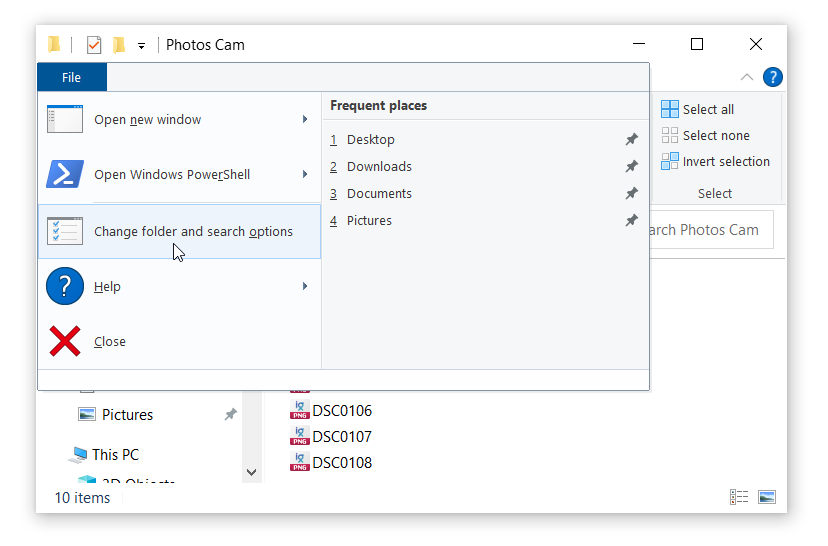

That is: the file is renamed to *.tsv with the asterisk and all. As it does not the file file1.txt is moved to *.tsv. Now, again, mv check to see if *.tsv exists.

The mv command is executed with: argc = 3 Now if you instead say: $ mv *1.txt *.tsv (Typically move all the files into one.) Nor create directories on a whim.Īs a result it aborts and reports the error: mv: target ‘*.tsv’ is not a directory As it is not, the program can not continue as it is not designed to concatenate files. The mv program check to see if last argument, *.tsv, is a directory.

In the above example that would be: argc = 4
argv: An array of arguments, including the program as first entry. argc: Number of arguments, including the program. The mv command is called with two special arguments: As there are no *.tsv files that is not changed. Now what happens on the mv line is that the shell expands *.txt to the matching files. Loads of examples is perhaps best way, so here we go: Example 1: $ ls If no matches are found the unexpanded version is passed.Īgain: the shell expands the patterns, not the program. The list of files are passed to the program, here mv. The shell, lets assume bash, expands the wildcards if there are any matching files (including directories). When you issue the command: mv *.txt *.tsv 1 root root 0 Jan 26 11:40 test4.gappedPeak 1 root root 0 Jan 26 11:40 test3.gappedPeak 1 root root 0 Jan 26 11:40 test2.gappedPeak 1 root root 0 Jan 26 11:40 test1.gappedPeak name "*.gappedPeak" -exec sh -c 'mv "$1" "$ is replaced by each ( *.gappedPeak) filename foundīy the find command, and becomes $1 to the sh command. This should work on any POSIX-compliant system: find. After changing the name, press the enter key again or click on any other place.I know this doesn't answer your question, but in case you were looking for another way to rename the files compared to your work-around loop, why not use find? I have used this command many times to replace file extensions in large directories with hundreds of thousands of files in it. You can simply select a file or folder and press the enter key. 
In Windows PC, selecting a file and pressing enter key will open the file with the default associated app. It is easy to use search in Finder and Spotlight if the files have proper name.Most of the time, downloaded files from websites may have junk name which you may want to rename with properly identifiable names.You can easily remember the file names when they are arranged in properly named folders.Renaming the files is an important housekeeping and maintenance action every Mac user should do. In addition to renaming a single file, you can also bulk rename files and folders in Mac without any third-party apps. Mac offers multiple options to rename the files and you can choose the one that is convenient for you. Renaming files and folders is one of the most frequent tasks every computer user does.








 0 kommentar(er)
0 kommentar(er)
